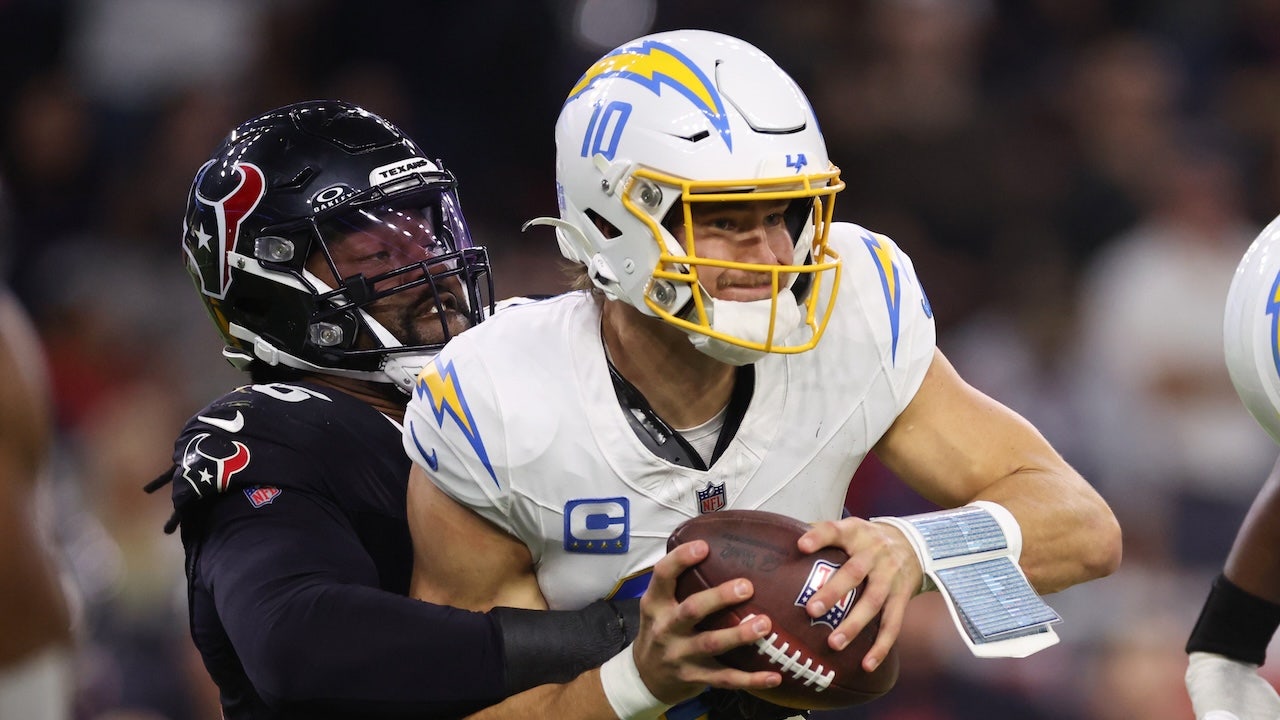Parents often tell children not to talk back or interrupt. But both actions can be characteristics of human communication.
The same is true for chimps, even though these primates communicate primarily through gestures instead of spoken words. In the largest-ever data set collected on chimpanzee communication, researchers showed that chimps use a rapid-fire, back-and-forth communication style similar to humans — complete with interruptions, according to a study in Current Biology.
Chimpanzee Hand Gestures
The study focused on gestures, including various hand signals. Scientists observed over 8,500 gestures for 252 chimps from five separate locations in Africa.
They measured when and how turn-taking took place, and noted other conversational patterns, including interruptions. About 14 percent of communications involved two chimps, with at least a two-part exchange, although some conversations extended to seven parts.
Although no chimpanzee gesture dictionary exists, researchers who have spent years observing the primates in the field can identify and isolate many — for example, the classic “reach gesture,” says Gal Badihi, the paper’s first author and graduate student at the University of St. Andrews in Scotland.
“Here one chimpanzee extends her arm toward another chimpanzee,” Badihi says. “Often this gesture is used to request food or be friendly. Sometimes the response from the other chimpanzee is to shake hands.”
Researchers define a gesture’s meaning by the way its recipient responds to it. Some gestures initiate movements, like grooming or traveling. Others appear to revolve around conflict management, like signals to stop doing something, or to move away.
Read More: Chimpanzees: Understanding Our Closest Relatives in the Animal Kingdom
Closely Resembling Human Conversation
The scientists studied two types of turn taking by the chimps. They observed gesture-to-gesture turn-taking, when one chimpanzee made a gesture and another chimpanzee responded with a gesture, too. The second type they observed — gesture-to-behavior — involves the first chimp motioning, then the other changing its behavior.
“Most chimp communication turn-taking involves gesture to behavior. Gesture-to-gesture more closely resembles human conversation, because it involves exchanging signals,” according to Badihi.
Interruptions occur when one chimpanzee starts to make a gesture and before she finishes, the intended audience gestures back or changes its behavior. Often, the timing between the first gesture’s start and the interruption is in fractions of a second.
While other animals — including birds and monkeys — take turns when communicating, this study is the closest instance where these exchanges resemble human conversation.
“This is one of the first cases of very fast turn-taking happening over close distances where the chimpanzees can see each other,” says Badihi. The authors would like to see their approach applied to other species.
Read More: Like Humans, Chimpanzees Talk to Coordinate Cooperative Hunts
Article Sources
Our writers at Discovermagazine.com use peer-reviewed studies and high-quality sources for our articles, and our editors review for scientific accuracy and editorial standards. Review the sources used below for this article:
-
Current Biology. Chimpanzee gestural exchanges share temporal structure with human language.
-
First author of the paper and graduate student at the University of St. Andrews in Scotland. Gal Badihi.
Before joining Discover Magazine, Paul Smaglik spent over 20 years as a science journalist, specializing in U.S. life science policy and global scientific career issues. He began his career in newspapers, but switched to scientific magazines. His work has appeared in publications including Science News, Science, Nature, and Scientific American.




















Discussion about this post